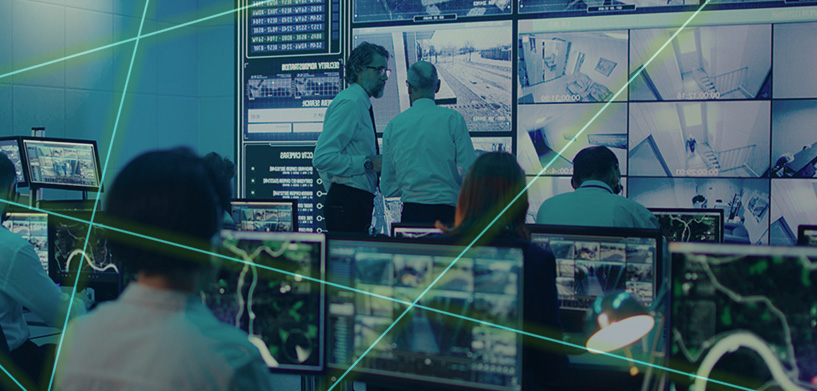As political tensions, social inequalities and national regulations increase worldwide, companies are recognizing the important role physical security plays in proactive risk management strategies, alongside IT and cybersecurity.
Investment in physical security technology might seem significant up front, but it pays for itself many times over by preventing theft, tampering, vandalism and myriad other sources of loss or vulnerability. It can also drive down insurance costs, deter crime, build public trust and, most importantly, help keep data, assets and people safe.
As organizations begin to recognize the potential benefits, demand for physical security technology solutions is increasing significantly. Research suggests that the global physical security market will grow to a whopping $212 billion by 2030. But to realize the benefits, before they roll out physical security tech organizations need to develop a comprehensive strategy based on the following tenets.
- Deter
There are numerous studies that show that the mere visible presence of security technology such as surveillance cameras has a deterrent effect on criminals. For example, Stockholm University Economics Professor Mikael Priks said, “The results from multiple studies show that cameras reduce crime, especially thefts, in urban environments by between 20 and 25%.”
However, especially in public spaces, the presence of surveillance cameras can simply lead to risks or crime being shifted to nearby areas without surveillance cameras. Relying on the deterrent effect alone would therefore be short-sighted – every element of a security concept must be part of a well-thought-out ecosystem that not only deters, but also enables detection and response.
- Detect
When deterrence fails, it is important to detect events in real time to be able to respond quickly and appropriately. Depending on the specific use case, there are a variety of technical solutions that make this possible.
The range of solutions extends from simple intruder alarm systems all the way up to powerful ecosystems that include video surveillance technology. Fence detection systems are typically used to protect the perimeter. When high security standards must be met, advanced technologies such as AI-based video analytics or LiDAR-based 3D perimeter security solutions are available, which are not only more accurate, but also provide additional contextual information in real time.
- Understand and validate
Once an organization receives an alert, the first step is for personnel to determine if an alert is a false alarm or true incident. Once an event is validated, technology can empower security personnel to understand the impact, severity and possible steps of escalation.
Ideally, physical security technology combines information from different sensors and subsystems to enable situational understanding and allow personnel to determine the appropriate course of action.
- Manage and respond
An appropriate and timely response can determine whether an incident has a minor impact or escalates further – and in the worst case develops into a crisis event.
Detailed guidance based on digitized standard operating procedures (SOPs) is very important for many organizations where security is a priority. It is not uncommon for these organizations to have dozens of very different SOPs in place – for example, the response processes for a rioting passenger at a gate or a bomb threat will be very different. The right technology can help orchestrate a response dynamically as each incident unfolds.
- Investigate and report
Investigating and reporting on physical security incidents takes a forensic approach. This involves gathering and presenting or disseminating data in an efficient manner, while also adhering to privacy regulations when providing information to other parties. Organizations need the right physical security technology in place to make this happen.
For example, let’s say a handbag is stolen at a train station between the hours of 5-6 p.m. when hundreds of people are crossing the platform. Without the appropriate tools in place, it could take hours to comb through video footage. Modern physical security tech can leverage metadata and AI to reduce the time it takes to investigate an incident like this to just a few minutes.
It also helps package and present surveillance footage to law enforcement agencies so that, for example, moments of inactivity are eliminated and only relevant video is shared. Proprietary formatting can also guarantee that recordings have not been tampered with.
Learn more
Physical security is complex and growing more so by the day. To safeguard their worlds, organizations need modern physical security technology ecosystems.
Discover Hexagon’s physical security portfolio
















